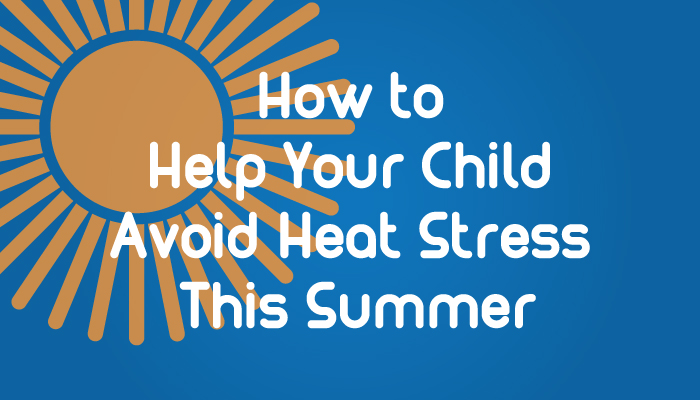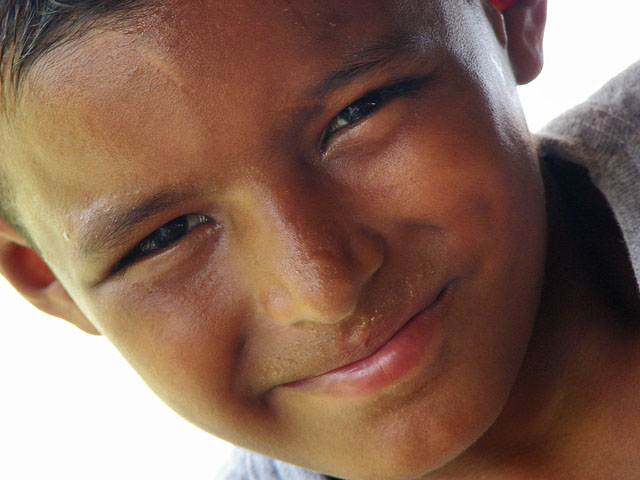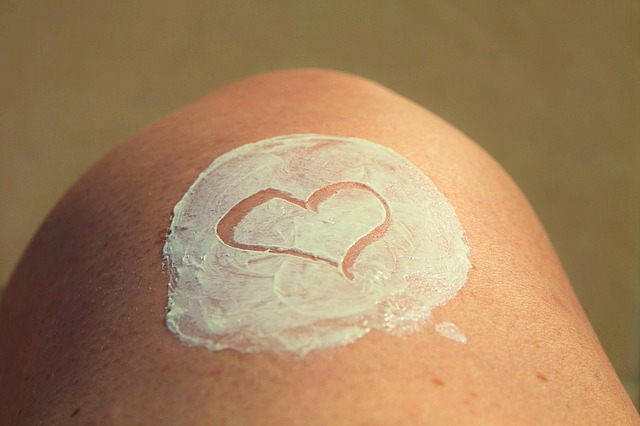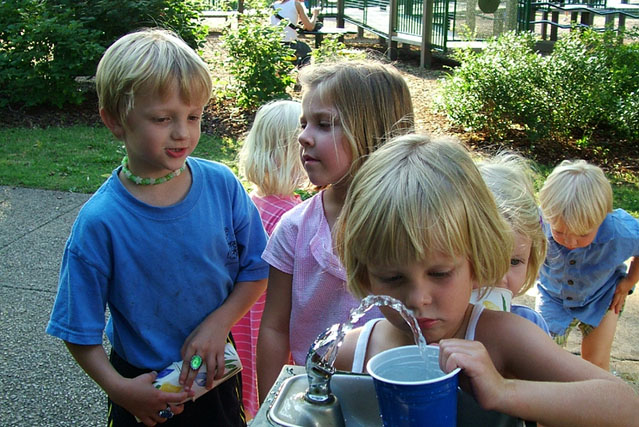
For children, summer is for running and playing, working all of their energy out. But, when a child gets hot, and especially when it’s hot and humid outside, they can experience heat stress.
Children most often experience heat stress when they’re playing and exercising intensely. Taking action before and during exercise and play will be the best way for your child to avoid heat stress.
Common Causes of Heat Stress

According to the American Academy of Pediatrics (AAP), “For morphologic and physiologic reasons, exercising children do not adapt as effectively as adults when exposed to a high climatic heat stress. This may affect their performance and well-being, as well as increase the risk for heat-related illness.”
Children often don’t see or feel the need to drink liquids while exercising, and not drinking ample fluids can lead to severe dehydration. While active, they really should take a break every 20 minutes or so and have water or a sports drink. Remember that once a child feels thirsty, they’re already dehydrated.
Try not to let your child participate in strenuous activity during the hours of 10 a.m. to 6:00 p.m., as these are the peak sun hours. If they must be active during this time, be sure they take lots of breaks and try to get them in the shade as much as possible. If children feel nauseated, lightheaded, or dizzy, they should be moved to a cooler location immediately.
Try not to let intense activities last longer than 15 minutes, especially when it is hot and humid. Children need to acclimate to the heat, so the duration and intensity of activities held outdoors in the heat and humidity should gradually increase over a 7 to 14 day period. This is especially crucial if the child is not used to the heat and humidity. If your child has any symptoms of heat-related illness, seek medical care immediately.
Don’t Forget Sun Protection

Sun protection is important when out in the hot sun and humidity. It is best to dress infants and children in light-colored, lightweight, absorbent, loose clothing when in the heat and humidity. Keeping clothing on your child will help them avoid the sun’s rays. Always use a sunscreen with at least an SPF of 15, with UVA and UVB protection. Apply a generous amount of sunscreen about 30 minutes before heading outside.
Try to find shade for your child, or use an umbrella or pop-up tent. Wearing a hat that shades the neck, ears, scalp, and face is a great idea. Don’t forget your child’s eyes; they need to wear sunglasses to protect them from UV rays. These harmful rays sometimes lead to cataracts later in life. Sleep is also important, so be sure your child is well-rested and gets plenty of sleep the night before an intense activity.
Safe Activity

Following these tips can help your child have a more enjoyable, and safe time playing and exercising outside. Remember that some of the most important tips when trying to avoid heat stress include:
- Taking breaks from intense activity
- Drinking plenty of fluids
- Wearing sunscreen, sunglasses, and a hat
- Trying to keep your child in the shade
Follow these guidelines and you and your child can have a safe and active summer!





